
In our search for the best of Japan, we were impressed by how polite and respectful the Japanese people are. Every city, town, village we visited, we were graciously greeted with a warm welcome, a formal bow and a hot cup of tea.
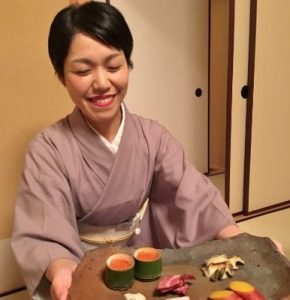

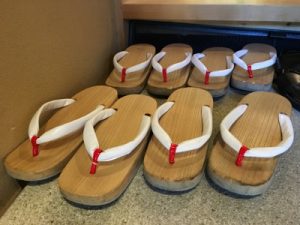
There were several highlights on this trip from meeting the local people to visiting the temples, shrines, gardens, art galleries, museums, markets and learning how Japan blends its modern way of life with ancient traditions.
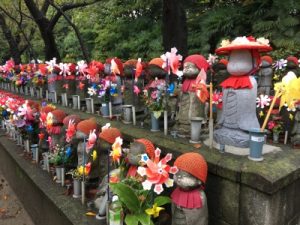

Our two weeks flew by and we are already looking forward to our next trip to Japan to add to this list of favorite places to visit, where to stay and dine.
TOKYO
TOKYO
We stayed in Shinjuku near the Shinjuku Station at JR Kyshu Hotel Blossom .


Get familiar with the Neighborhoods – there are many! Aoyama, Azabu, Roppongi, Ginza, Meiji, Harajuku, Omotesando, Koenji and more. We love to walk a city, but if there’s a limit on time, we found the subway and train system in Japan to be an excellent way to get around.


Meiji Jingu is a central place to get oriented to Tokyo. The Meiji Shinto Shrine is located within this beautiful park. Emperor Meiji reigned into the 19th century as Japan grew into an industrial nation.

Harajuku: When you leave Meiji Park, you enter into Harajuku where you can find youth dressed up on colorful costumes manifesting the vibrant pop culture in Tokyo.
Omotesando is a tree lined street that branches out from Harajuku to the Nezu Museum in Minami-Aoyama. Be sure to visit the 7,400 works of art at Nezu Museum where there is a diverse collection of Japanese and Asian premodern art. More art galleries and several luxury stores – Prada, Dior, Ralph Lauren that are housed in modern architecture can be found along Omotesando.
If you want to see one of the busiest intersections in Tokyo, visit the Shibuya Crossing.
Ginza is known as the electronics district where you can find anything electrical and digital. There are also many high-end stores like Ginza 6.
Imperial Palace: From Ginza, walk past Tokyo Station, and continue to the Imperial Palace Gardens. Check the schedule for opening hours since you’ll want to walk through these beautiful gardens, especially during cherry Blossom Season (April) and to see Autumn leaves change color (late October – mid November).
Asakusa: One of the oldest neighborhoods in Japan, where you can visit the Senso-ji Temple and Pagoda, ride a rickshaw, rent a kimono!


Take a Walking Tour of Tokyo with Context Travel: Our local expert guide Rosa Lee introduced us to Tokyo’s world-famous Tsukiji Market near Tokyo Bay on a 3-hour Tokyo Food Tour. We visited the outer market and learned about the world famous tuna auctions and the evolution of this market since it was built here in 1935. Also, our guide shared with us how Japan’s cuisine is inspired by the seasons and geography, and the importance of seafood for the Japanese diet.
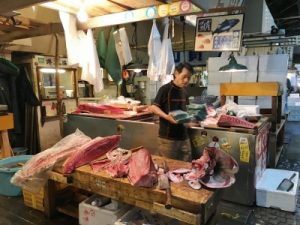

We tasted some amazing Tsukiji sushi, and tried a few bites of other Japanese delicacies as we traversed the marketplace — a rainbow of pickled things (tsukemono) such as eggplant or Japanese plums (ume) to ingredients for authentic miso soup broth, and also made stops for tamagoyaki (the rolled, slightly sweet omelet), pomegranate vinegar, meat dumplings, and gluten in assorted forms.

We savored delicate raw fish served over bowls of rice (kaisendon), tempura, or sushi for lunch – a culinary tour at its best!

Before we finished the tour, our guide pointed out some of the best shops in Tsukiji market to buy restaurant-quality kitchen supplies, including hand-forged knives.
Learn more about other walking tours offered by Context Travel including Tokyo Architecture, Museums, or the Akihabara exploring the otaku culture.
KYOTO
KYOTO
One of the best ways to explore Kyoto is on a bike tour and also walking tours with Context Travel.
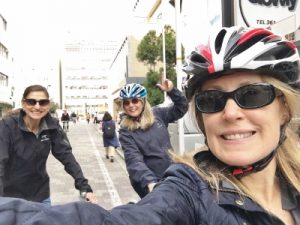

Good to note: we stayed at the Izuyasu Ryokan with an onsen bath and delectable multi-course Japanese dinner.

Here are some highlights from our visit in Kyoto.

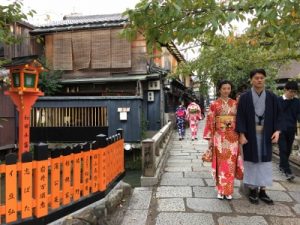
Nishiki Market on a Kyoto Food Tour where you can sample green tea ice cream, a variety of pickled items, grilled fish and other delicacies.
Visit the Gion historic district and the Yasaka Shrine, then meander through charming alleyways of old wooden buildings, old teahouses. Try to catch a glimpse of the evasive geishas (best times to see them are between 5:30 – 6:30 pm at dusk when they are arriving by taxi to discreetly enter restaurants in the Gion area).




Japanese Tea Ceremony, Kyoto evening Tours, a visit to Nishiki Food Market, day trips to Nara – contact Context Travel.
Nijo Castle: Look at the interior walls adorned with gold leaf and elaborate sketches.
Kyoto Temples: There are over 2,000 temples in Kyoto, and some of the most popular ones to visit are …
- Kiyomizu Temple is a UNESCO World Heritage Site from the 788 century perched on the hills overlooking Kyoto.
- The Golden Pavilion – Kinkakuji built in the 14th century for Yoshimitsu, the shogun at this time. Its top two floors are covered in gold leaf.

- Ryoanji Temple is where you’ll find Japan’s famous rock garden.

- Kennin-ji Zen Temple from 1202 with impressive paintings and screen decorations inside and classical Zen gardens and sub-temples on its grounds.
Don’t Miss! Buy a small charm or amulet at a temple that locals use to change one’s fortunes or provide protection
Outside of Kyoto:
Arashiyama is about a 10-15 mins train ride from Kyoto Station and located in Western Kyoto. The Arashiyama Park is famous for its bamboo groves and temples.


After a walk in the bamboo forest, pamper yourself with a 60 minute foot treatment in a floral or green tea bath, followed by a bamboo massage at Arashiyu Foot Spa, click here for a reservation.



Fushimi Inari Shrine is about a 10 mins train ride from Kyoto Station in Southern Kyoto, where you can walk through thousands of red toriis up to the hilltop overlooking the city of Kyoto.
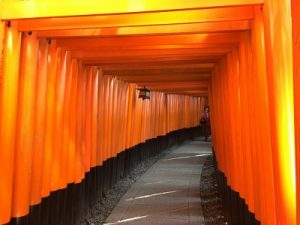
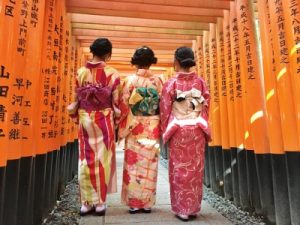
OSAKA
OSAKA
This modern port city offers a lot to see for locals and visitors. We stayed at the Cross Hotel in Osaka and mainly spent our time in the Shinsaibashi and Dotonbori areas. Highlights include:
Osaka Castle: From our hotel, we took a 10 min taxi to visit the Osaka Castle, one of Japan’s most famous landmarks.

America Mura: A great shopping area with vintage clothing, apparel and music records.

Higashi-Shinsaibashi: A gourmet district with many new restaurants and a variety of foods to choose from.
Tombori River Walk: Walk along one of the rivers that winds through Osaka City, where you will find restaurants, stores, shrines along the way.

Dotonburi Street: A lively street filled with restaurants, street vendors and lots of Japanese kitsch décor.


Hozenji Yokocho Alley: Don’t miss a stroll down this narrow, stone-paved lane that will take you back to the days of Old Osaka. There are a dozen charming small restaurants to dine at – be sure to make a reservation since there are a limited amount of seats.



RESOURCES
JNTO: Japan National Tourism Organization offers a great site with helpful information, itineraries and ideas for planning your travels to Japan. Helpful information on transportation options – click here to find out more about taking the JR Train, getting a JR Rail Pass, the shinkansen (bullet train) and the Airport Limousine Bus to/from the airport to downtown Tokyo.


- To prepare for your trip to Japan, visit: click here
- Download Maps and Brochures at: click here
- Train Schedules & Fares: click here
- Information on the JR Pass: click here
Context Travel Tours are tailor made for the intellectual curious traveler. Joining a small group with an local expert guide is an excellent way to be introduced to a city and learn about local customs, get a basic language lesson, gather suggestions for dining, shopping, and insider events and concerts. Your guide can provide maps, knowledge and how to navigate a city.


ACKNOWLEDGEMENTS
Global Adventuress would like to thank both JNTO for partially hosting our transportation & Context Travel for hosting our walking tour in Tokyo.




